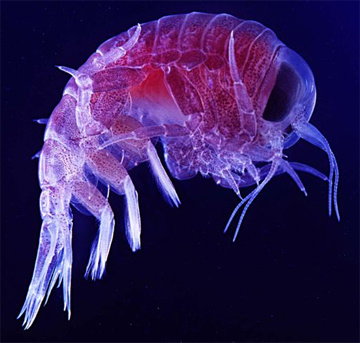This photo was taken by Uwe Kils. It shows an amphipod, a type of plankton. The photo was taken using magnification so users can see the amphipod in detail. In reality, most amphipods are only 1 mm to 140 mm in length.
Click on image for full size
Courtesy of Wikipedia Commons
Plankton
What is usually small, lives in water and is super important for food chains in lakes and the ocean? It's plankton!
All plankton are drifters. Some can move up and down, but all drift with the water current in the body of water where they live.
Plankton can live in salt water like the ocean and in fresh water.
They can be so tiny that you can't see them with your eye. You'd need a microscope! They can also be bigger like jellyfish, mollusks, and crustaceans. Remember, if it depends on water moving to move side to side, it's plankton!
Plankton are usually divided into three groups - phytoplankton which use photosynthesis to make food, zooplankton which depend on other organisms for food, and bacterioplankton which are the bacteria that drift in open water.
Last modified June 1, 2010 by Lisa Gardiner.
You might also be interested in:
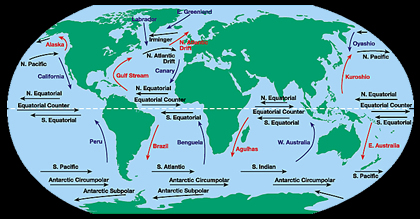
The water at the ocean surface is moved by powerful wind. The wind is able to move the top 400 meters of the ocean. This moving water is called surface ocean currents. Surface ocean currents form large
...more
Almost 3/4 of the Earth is covered with water. Almost all of that water is in the oceans. Have you ever been swimming in the ocean? If you have and you accidentally got water in your mouth, you know the
...more
There are many different kinds of plants. Some have big leaves. Some have small leaves. Some even have flowers. All plants make their own food. When sunlight hits the leaves of a plant, photosynthesis
...more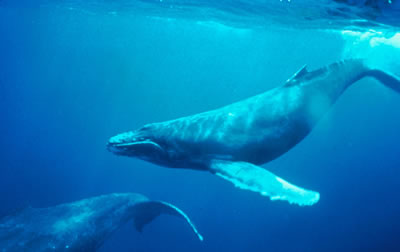
The open ocean is the largest area of the marine ecosystem. It reaches from coasts to the middle of the ocean. The living things that survive in the open ocean need to have a way to float or swim in ocean
...more
A team of researchers from the Sea Education Association (SEA), Woods Hole Oceanographic Institution (WHOI), and the University of Hawaii (UH) has conducted a study of plastic debris in the ocean. Certain
...more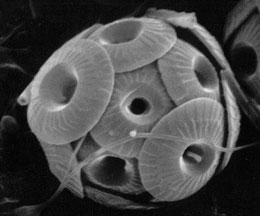
Aerosols are tiny particles that float around in the air. Some are tiny drops of liquid. Others are solid. They are all very, very small. Some aerosols come from the ocean. Small particles of sea salt
...more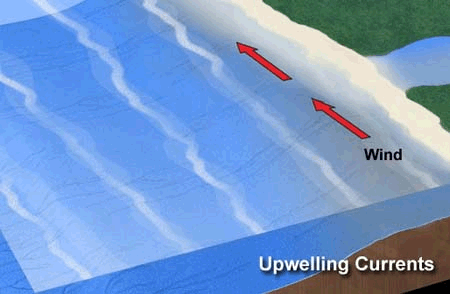
There are many connections between the ocean and the atmosphere in the Southeast Pacific Ocean. Strong winds blow north along the coast of South America. These winds stir up the ocean. That brings cold
...more


